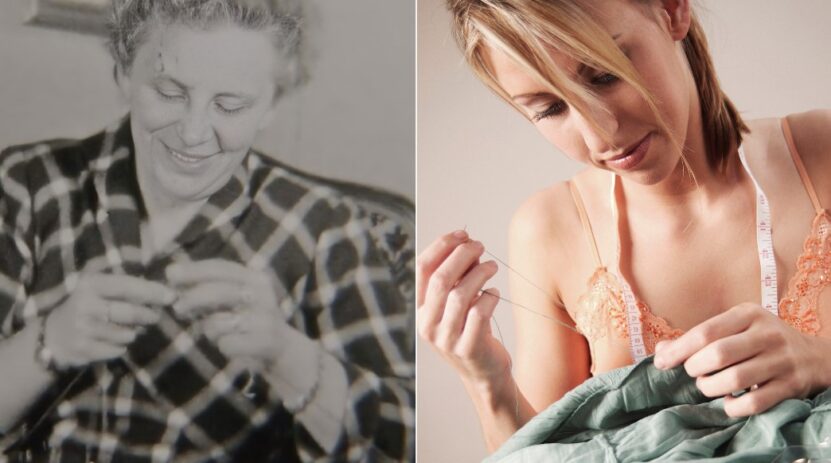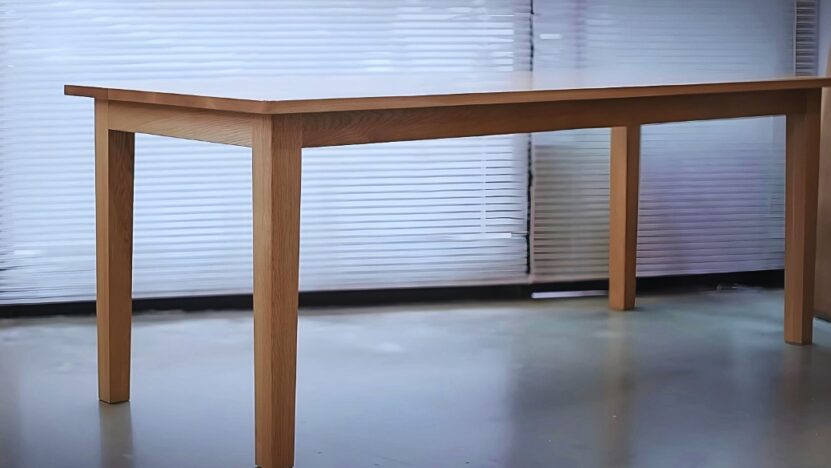We often forget that our ancestors knew a thing or two about making clothes last. In an era where fast fashion dominates, we could learn a lot from the Edwardian era, when mending was a routine part of life.
Let’s explore some timeless techniques that not only keep clothes in good shape but also promote sustainability.
Edwardian Era Mending Practices

Back in the early 1900s, people didn’t discard clothes at the first sign of wear. Instead, they repaired, patched, darned, or even refashioned them.
Clothes and household items were seen as valuable, and mending was a practical skill everyone needed.
Why Mending Matters
Mending is not some outdated thing from the past, but a totally awesome practice that’s all about sustainability and supporting slow fashion.
When we mend our clothes, we’re not only reducing waste, but we’re also consuming less and saving some serious cash. It’s like a win-win situation.
Mending Day Is a Tradition Worth Reviving
Back in the Edwardian era, lots of people had this interesting thing called a “mending day.” Basically, they’d set aside a special time each week just for fixing stuff.
It was a clever way to save time and handle their workload like a boss. Even the Every Woman’s Encyclopaedia from 1910-2 thought it was a smart move to stay organized and get things done efficiently.
Specific Techniques and Tips
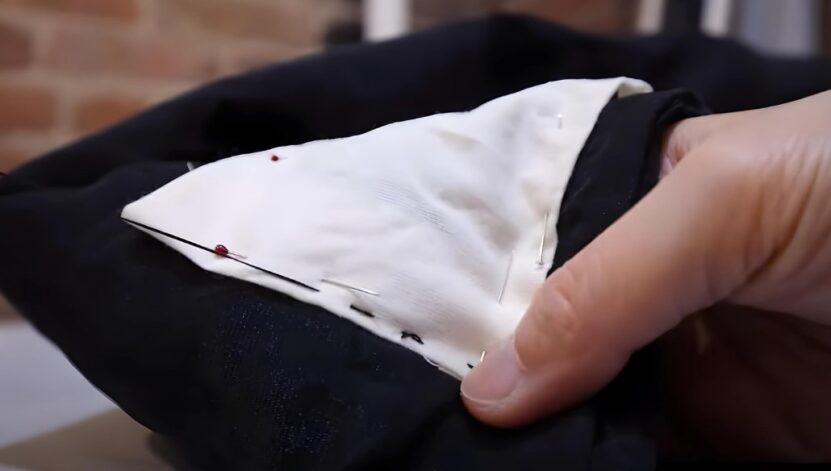
1. Set-On Patch
When you’ve got a hole in your fabric, one nifty way to fix it is with a set-on patch. Basically, you sew a piece of material with folded edges right over the hole using a hemming stitch.
I found this cool technique in “Home And School Sewing” (1901) and “School Sewing Based On Home Problems” (1916). It’s great for tougher fabrics that need a really strong fix.
2. Overhand or Set-In Patch
When it comes to fixing up lightweight fabrics, you’ve got a couple of options: the overhand patch or the set-in patch. Personally, I think the overhand patch is a pretty nifty choice.
You just overcast or blanket-stitch the edges, which gives it a neat and sturdy finish. This technique has been around for a while and was actually discussed in a sewing course called “A Sewing Course For Teachers” way back in 1893.
3. Catch Stitched Patch
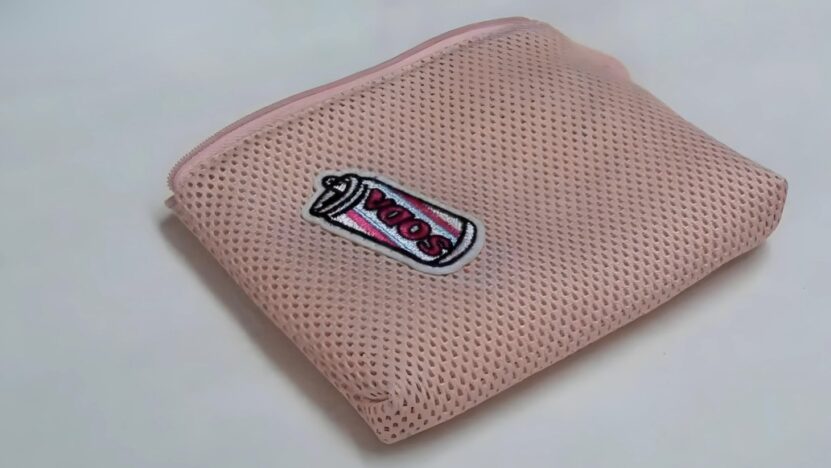
Catch stitched patch is your best choice when you’re dealing with flannel and wool. You see, these fabrics can be pretty thick, but the catch stitched patch makes the whole repair process a breeze.
It’s all about ensuring a strong and sturdy fix, just like they mentioned way back in “Home And School Sewing” way back in 1901.
4. Visible Mending
Visible mending goes beyond fixing stuff. This cool technique not only spruces up clothes but also adds some extra oomph to them. It’s like incorporating these awesome creative designs that put the focus on the repairs instead of hiding them away.
5. Darning Techniques
Darning is like a beautiful art form where we weave threads into those delicate or worn-out spots on fabrics. It’s almost like creating lace with all its intricate details and charm.
Way back in 1893, there was this book called “A Sewing Course For Teachers” that really stressed how important and elegant darning can be.
Preventive Mending
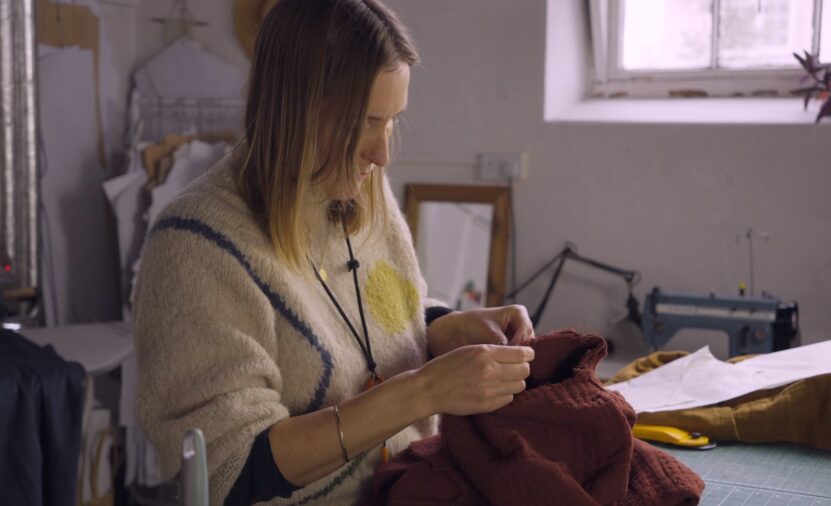
Why wait for a tear when you can prevent it? Reinforcing areas prone to wear before they become an issue is a smart way to extend the life of your garments. This proactive approach saves time and effort in the long run.
Use of Existing Materials
Using similarly worn materials for patches ensures that repairs are less conspicuous. This technique blends the repair seamlessly into the garment, making it almost invisible.
Mending Basket Essentials
Keeping a well-stocked mending basket can make repairs easier and more efficient. Essential items include:
- Tailor’s canvas
- Buckram
- Leno
- Linen
- Lace
These materials, as suggested by “The Cult of the Needle” (1915), should be kept handy for quick repairs.
Garment-Specific Repairs
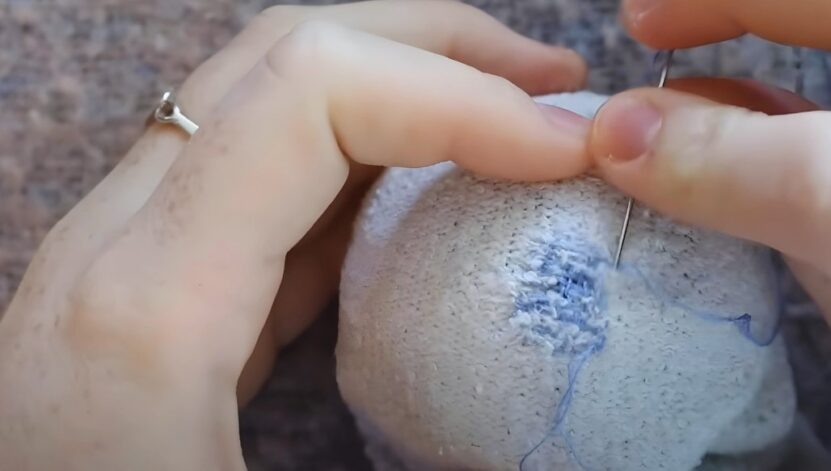
Socks and Stockings
Small holes in socks and stockings should be repaired immediately to prevent larger, more complex repairs. This simple step can save a lot of hassle later on.
Silk Garments
Silk requires a delicate touch. Repairs often involve matching material and skilled sewing to maintain the garment’s integrity and appearance.
Lace Repair
Lace can be repaired by darning or replacing sections with matching net or lace. This technique preserves the intricate design and ensures the lace remains functional and beautiful.
Embroidery Repair
Damaged embroidery can be replaced with new material and re-embroidered to match the original design. This keeps the garment’s decorative elements intact.
Tools and Materials
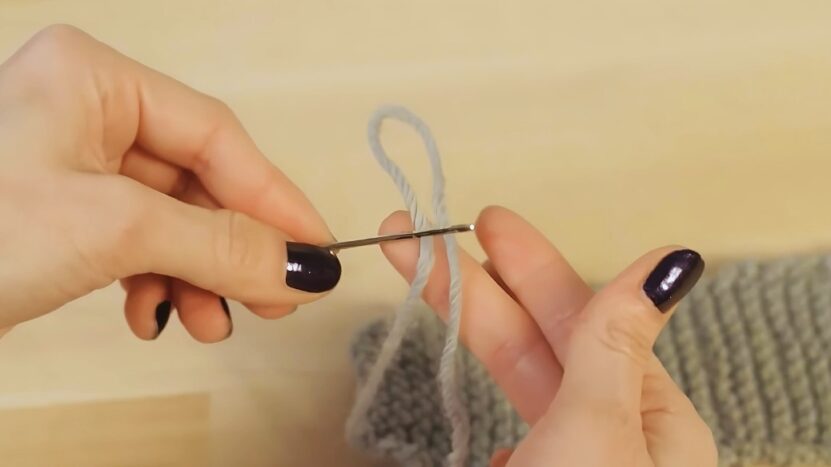
Darning Needle and Thread
Choosing the right darning needle and thread is crucial. The thread should match the fabric in color and texture for less visible repairs.
Darning Egg or Cardboard
A darning egg or a piece of cardboard provides support to the fabric during darning, making the process easier and more effective.
Modern Adaptations
Refashioning Clothes
Today, many people are incorporating creative methods like adding embroidery, using tape for torn buttonholes, and transforming men’s shirts into blouses.
These modern adaptations bring a fresh twist to old-fashioned mending techniques.
Maintenance and Upkeep
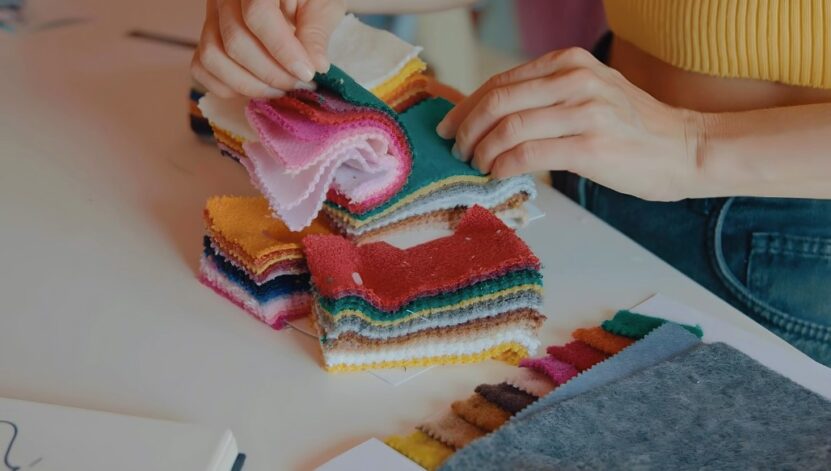
Regular Mending Days
Setting aside specific times for mending can prevent a backlog of repairs. Regularly scheduled mending days keep your wardrobe in good shape and ensure that small issues don’t become big problems.
Storage Suggestions
Keeping repair materials neatly stored and labeled makes them easy to access when needed. This organization can make the mending process quicker and more enjoyable.
Final Words
Mending is more than just a practical skill; it’s a sustainable practice that honors the craftsmanship of our clothes and reduces waste.
By adopting some of these old-fashioned techniques, we can make our wardrobes last longer and contribute to a more sustainable world.
Related Posts:
- How to Start Your Backyard Permaculture Garden Today
- 6 Long-Term Food Storage Techniques You Must Know
- How To Use Natural Landmarks For Guidance: Find Your…
- Fire-Making Techniques for the Untrained Survivalist…
- Ultimate Guide to Building Basic Furniture:…
- Why Should You Choose Natural Building Materials for…


